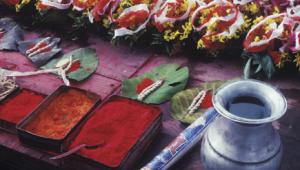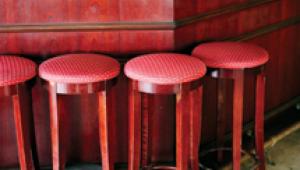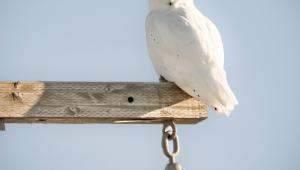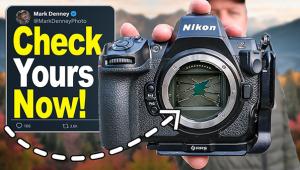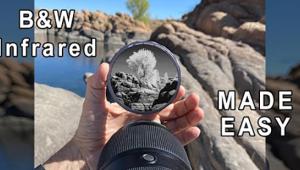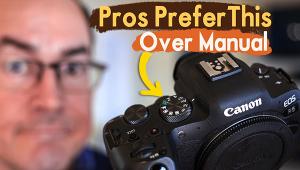Passport
Flight Plans; Easy Does It At The Airport
Time is the key. Pro or amateur, you've got to be sure that time is on your side. You never want to be in a hurry. If time is short and you're hurried, you're going to get irritated, fidgety, and impatient. Chances are you're going to become short-tempered, which is what you never want to be when you're at the airport.
For international flights I show up three and one-half to four hours ahead of the flight's scheduled departure time; for domestic trips, at least two hours. I'm polite, I'm courteous, and I wait patiently. I've found that what will get me through an airport most easily is politeness, professionalism, and patience. Don't be demanding. If you find yourself saying, "I do this all the time and have never had a problem before," well, you've got a problem now.
 |
 |
||
|
|
We all know the drill when it comes to photographic equipment: never check anything; carry it all on. If you're shooting film, ask for hand-inspection of unexposed and exposed rolls. I put my film in clear plastic bags and write on them with a big, bold marker "High-Speed Film," whether it is or not (I always include a few rolls of ISO 800 and 1600 to make it look as convincing as possible). And, of course, never have film in the camera when you check in. The inspectors will open the camera and the brand-new or half-shot roll will be ruined.
Pack Like A Pro
There are exceptions to the "never check anything" rule, and for
me, it's lighting gear. If I'm on an elaborate, big-job shoot and
have to take along my own lighting equipment, the battery packs and heads go
in a hard-shell Pelican case and the stands, booms, cables, and umbrellas in
a bag designed for such gear--I use a Lightware Cargo Case.
- Log in or register to post comments






